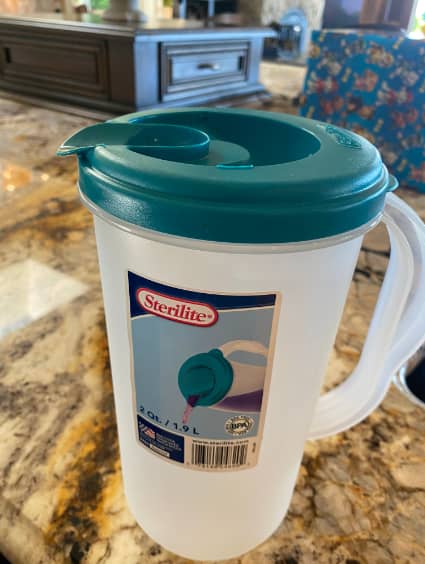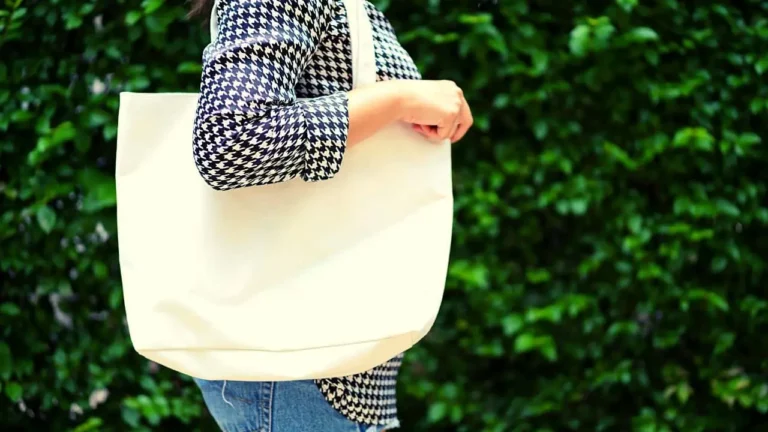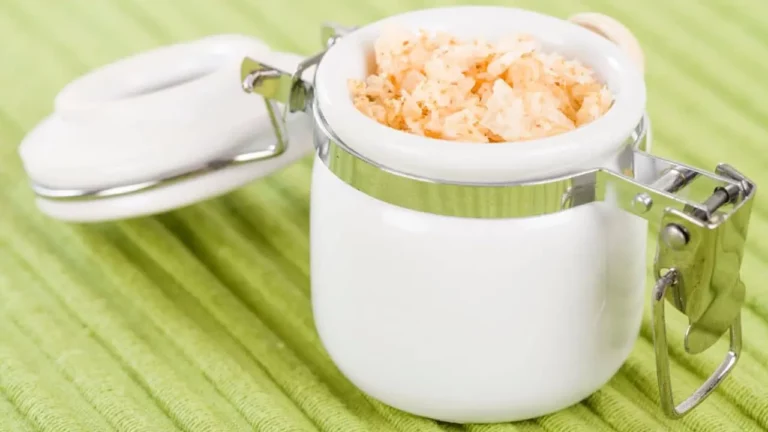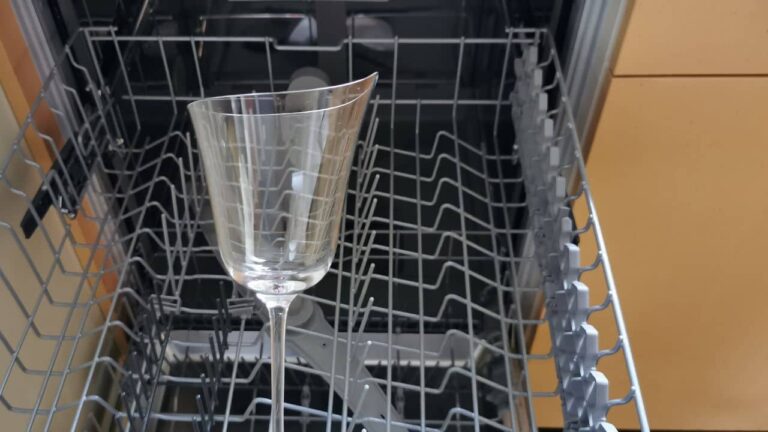Containers For Measuring & Mixing Lye: Helpful Tips To Avoid Issues
Soapmaking is absolutely fun whether you’re crafty or trying to gain more survival skills. Although soapmaking goes all the way back to 2800 B.C, it has evolved in leaps and bounds today.
Most of us have already learned how to make soaps in high school. But, beginners often struggle with mixing, measuring, and using the dangerous chemical lye.
I’ll tell you exactly which containers to use and avoid when dealing with lye. Stay tuned because I’ll clear all your doubts around it too.
Let’s dive right in!
Types of containers you can use to measure and mix lye
Making soap is based on a chemical process called saponification. Moreover, soap making is fraught with danger like most chemical processes.
Nevertheless, it’s easy as pie if you follow the proper steps.
Despite this, it’s also an exothermic reaction (a reaction that releases heat) that can pose serious dangers when you mix lye or sodium hydroxide with water. That’s why you need to be extra cautious when making soap on your own.
What container can you mix lye in?
Firstly, go for a leak-proof container that’s sturdy and chemically resistant to alkali. Next, let’s compare different options available nowadays to find one that fits your needs.
→ Plastic container: the best choice
If you check YouTube videos tutoring DIY soapmaking, most of them recommend heavy-duty plastic.
Why? These plastics are non-reactive with the chemicals used for soap making.
In fact, you should go for polypropylene (PP) plastic with code #5 as it’s strong, tough, and resistant to heat, chemicals, and oils. Additionally, HDPE (code #2) is a fine option for 50% concentrated lye.
Moreover, other plastics can break, melt, warp, or soften when the lye solution gets hot.
Can I mix lye and water in a plastic container?

Yes, you can mix lye and water in appropriate plastic containers like bowls, pitchers, or Tupperware. Plastic is the safest and most efficient solution to make homemade soaps.
Plastics are great because they’re chemically resistant to alkali.
The following chart will help you understand the chemical resistance of plastics to alkali, especially useful when deciding on lye containers. However, it’s good to know how to interpret it before you start.
Both hydroxides of Sodium (NaOH) and Potassium (KOH) are dangerous alkalies for making soaping solutions. Hence, always store them extra-safe.
In addition, green color stands for high chemical resistance ideal for containers to mix lye when making soap.
Overview of Chemical Resistance of Resins to alkali at 20°C
| Resistance Level | Plastic Type |
|---|---|
| 🟢 | ETFE (Ethylene Tetrafluoroethylene) |
| 🟢 | FEP (Fluorinated Ethylene Propylene) TFE (Tetrafluoroethylene) PFA (Perfluoroalkoxy) |
| 🟡 | FLPE (Fluorinated High Density Polyethylene) |
| 🟢 | FLPP (Fluorinated Polypropylene) |
| 🟢 | HDPE (High Density Polyethylene) |
| 🟢 | LDPE (Low Density Polyethylene) |
| 🔴 | PC (Polycarbonate) |
| 🔴 | PETG (Polyethylene Terephthalate Glycol) |
| 🟢 | PP (Polypropylene) |
| 🟢 | PVC (Polyvinyl Chloride) |
| 🟡 | TPE (Thermoplastic Elastomers) |
→ Plastic for safe use (GREEN): Up to 30 days of constant exposure causes no damage. This type of plastic may tolerate exposure for years.
→ Plastics to avoid (YELLOW): This type of plastic experiences some adverse effects after 7 days of exposure to the reagent like crazing, loss of strength, or discoloration.
→ Plastics to strictly avoid (RED): These types of plastics must be strictly avoided as severe damages could occur. For instance, plastics may experience crazing, loss of strength, cracking, deformation, discoloration, dissolution, or permeation loss.
→ Glass container: the worst choice

Glass may be the best choice for food storage, but it’s actually dangerous for soapmaking. The main reason is that sodium hydroxide can sometimes shatter glass containers when it heats up.
Moreover, glass containers with lye can crack easily to splatter the chemicals all around if it falls down.
Can you mix lye in Pyrex?
No, you shouldn’t mix lye in Pyrex glass.
It can shatter when used regularly or if the lye solution heats up too quickly. All in all, it’s the wrong choice!
→ Metal container (ONLY stainless steel): the okay choice
When it comes to metallic options for making soap safely at your home, stainless steel or SS is a good alternative. In fact, stainless steel is inert, hygienic, and easy to clean, as we learned recently.
However, never use a blend of stainless steel, especially aluminum. Hence, always go for 100% SS.
Does lye eat through metal?
Yes, lye can easily eat through metals like chrome, iron, and copper metals. Moreover, sodium hydroxide or NaOH reacts with aluminum to create flammable gasses like hydrogen. So, watch out!
Does lye react with other materials?
YES, lye interacts with certain types of materials like glass, copper, aluminum, cast iron, tin, magnesium, and bronze. Hence, avoid them at all costs!
Existing sizes of containers to measure and mix lye
Let’s look at the sizes and metrics you need to know when measuring and mixing lye.
The most frequently used containers to mix lye are bowls, cups, pitchers, tumblers, jugs, pots, paint buckets, open top containers, and mugs in a standard size of 2 quarts.

👉 You need to pick a container that’s resistant to pitting, oxidation, and corrosion besides safe for long-term use.
How do you measure lye?

If you’re wondering how to ensure your lye to water ratio is on-spot, there are two ways.
● You can do the calculation on your own. In short, keep the ratio of 1 part lye to 2.3 parts water.
● You can use a lye calculator like this (very useful!)
Start making soap safely
Now that you know how to handle lye when making soap, the next step is to get started.
Personally, I think you must keep a white vinegar bottle beside you. That’s because vinegar can quickly stop the lye from burning your skin during accidents.
Moreover, vinegar is a great option to clean the containers used for mixing and measuring lye after!
In addition, make sure to wear goggles, a respirator mask, and long gloves when working with lye. Here’s my advice- wear a long-sleeve t-shirt to be extra safe.
Sources
- WikipediA: Saponification
- SoapMakingForum







